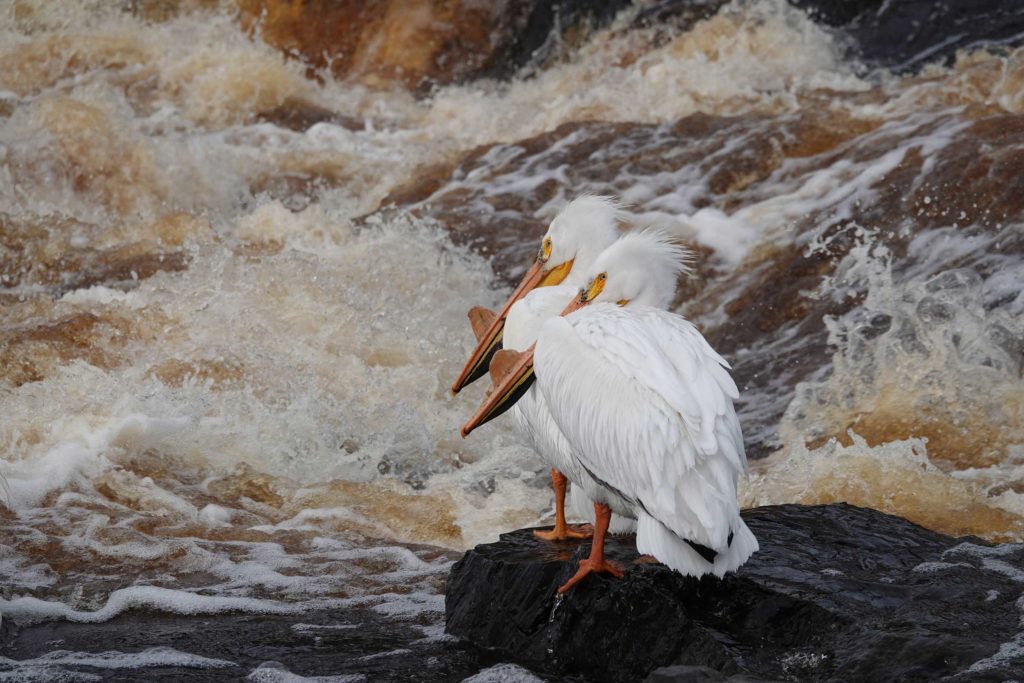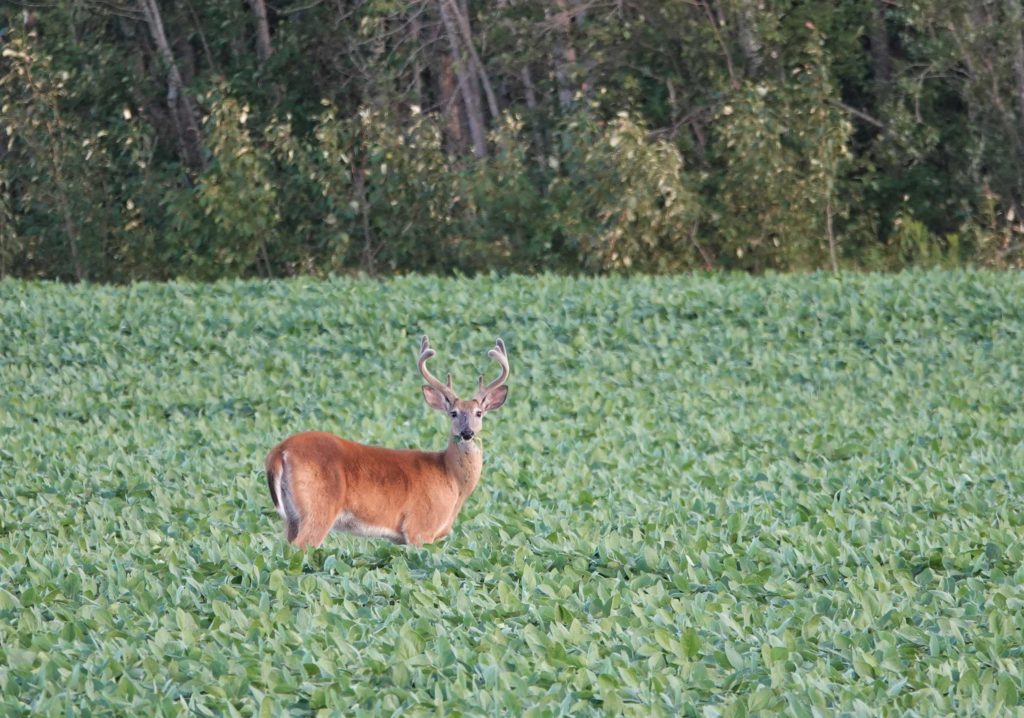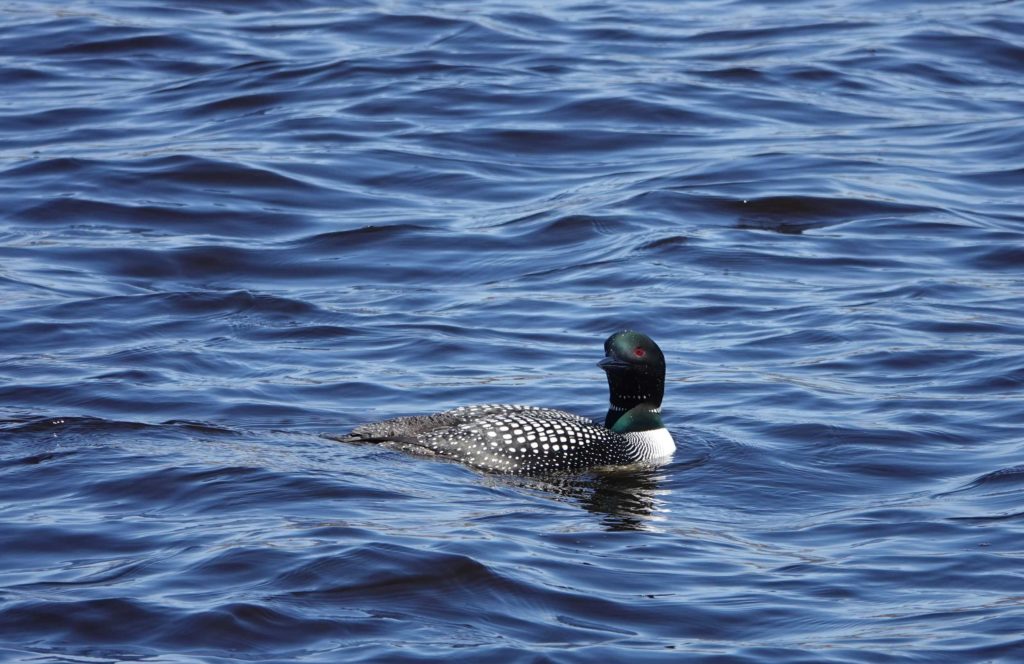- (218) 634-1842 ext 4
- staff@lakeofthewoodsswcd.org
- Mon - Fri: 8:00 - 4:30
PROJECT:
Erosion oF pine island, lake of the woods
Previous
Next
RESOURCES - Lake of the Woods
Studies compiled by Environment and Climate Change Canada (ECCC). Available for download.
**Lake of the Woods data is not yet published but may be available upon request.
Summary of bathymetry available and future needs. Ryan Neilson, Environment Canada. Draft.
Benchmark survey report of the southern shore of Lake of the Woods within LW County. Provides comparisons of NAVD 88, NGVD 29 and SLD 1912 datums which are sometimes used interchangeably when referencing elevations. Widseth, Smith and Nolting, 2017.
Wind and wave modeling for the southern shore of Lake of the Woods. Army Corps of Engineers.
Map of existing data – summarized for the ACOE wind-wave modeling study.
Study completed for EPA to quantify shoreline erosion and its contribution to nutrient loading. The study also quantified erosion rates from Warroad to Wheelers Point. Houston Engineering, Stephanie Johnson.
Phase 1 study of the erosion of the MN shoreline of Lake of the Woods. Herb, Mohseni and Stefan. St Anthony Falls.
Role of diffusive phosphorus flux from sediment as driver of cyanobacterial blooms in Lake of the Woods. James, UW Stout.
Study of the landforms and vegetation on Sable Islands, summary of coastal change monitoring (1981-86) and recommendations on management. Lakehead University study by Noble and Phillips.
Aerial imagery compiled by MN DNR.
1896 plat of Wheeler’s Point that shows Morris Point connected to Pine Island.
Modeling isostatic rebound of Lake of the Woods using GIS. Yang and Teller.
Evidence of postglacial tilt on Lake of the Woods, impacting the southern shore. Limneotectonics Lab. Tackman et al.
Summary of the science and governance related to Lake of the Woods study and management. Anderson, Paterson, Reavie, Edlund and Ruhland.
RESOURCES - Zippel Jetty and Zippel Bay
“The Lake of the Woods Control Board is a Canadian board which regulates the water levels of Lake of the Woods and Lac Seul, and the flows in the Winnipeg and English Rivers downstream of these lakes to their junction, for the long term benefit of all users and interests.”
**Resource for Lake of the Woods Water level graphs, regulation and board notices.
“The International Lake of the Woods Control Board membership is appointed by the two federal governments. It is responsible for maintaining water levels on Lake of the Woods when the levels exceed elevations of 1056 or 1061 feet above sea level in accordance with the 1925 Lake of the Woods Convention and Protocol, signed by Canada and the United States. When the lake is between those levels water levels are managed by the Canadian Lake of the Woods Board. If there is any disagreement between the two members of the International Lake of the Woods Control Board, that matter is to be referred to the IJC. “
“The International Rainy-Lake of the Woods Watershed Board (the Board) was created in January 2013, from an amalgamation of the International Rainy Lake Board of Control and the International Rainy River Water Pollution Board, with added water quality responsibilities for the broader Rainy-Lake of the Woods watershed. The Board was formed to assist with binational coordination of water quality efforts for the entire transboundary watershed and to ensure compliance with the Commission’s Order on the regulation of water levels on Rainy Lake and the Namakan Reservoir.”



